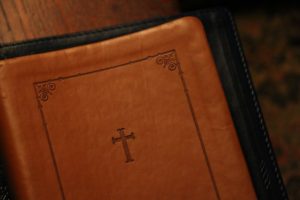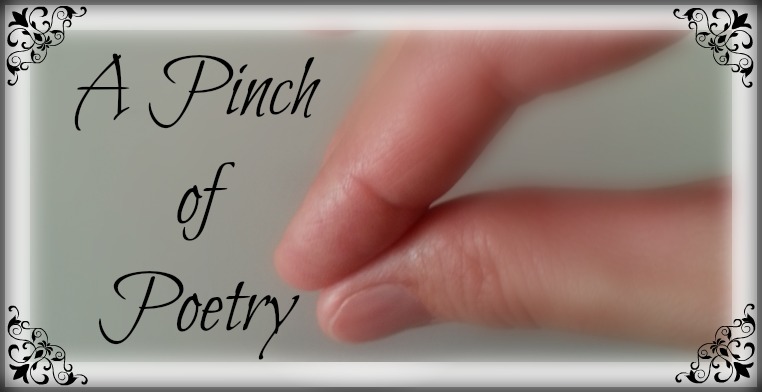The Bible is the perfect place to learn poetry. Hebrew poetry makes up approximately one-half (depending on the translation) of the Old Testament. We think of the book of Psalms when we think of poetry in the Bible, but it is very common in the prophetical writings except for Haggai and Malachi. The major poetical books are Psalms, Proverbs, Ecclesiastes, Song of Solomon, and Lamentations. These books are written entirely in poetry.
Themes in the Poetic Books
- Psalms – Prayer
- Proverbs – Prudence
- Ecclesiastes – Vanity
- Song of Solomon – Bliss
- Lamentations – Dirge
Let’s start by looking at the general characteristics of poetry. It’s very compact (a good way to learn to write tight), expresses truth through imagery, and it’s highly structured.
Hebrew poetry is different from Greek and Latin poetry which is based on sound. Hebrew is more thought-based with balanced parallel lines. Poetry often rhymes sounds, but Hebrew poetry rhymes ideas. Therefore, the rhythm is logical rather than phonetic.
Hebrew poetry also has lines of varying length. Rather than having two lines ending in the same sound, it has a pair of lines where the second pair repeats the idea of the first pair, or it presents a contrasting idea. Sometimes there are three, four, and five lines parallel throughout.
O Lord, rebuke me not in thine anger,
neither chasten me in thy hot displeasure. (Psalm 6:1)
The first line uses the word, “rebuke” and the second line uses “chasten.” In other words, the two lines are synonymous. Another form of parallelism is when the second expands the meaning of the first.
Synonymous – both lines express the same thought in different words.
Lord, how are they increased that trouble me!
many are they that rise up against me. (Psalm 3:1)
A false witness shall not be unpunished,
and he that speaketh lies shall not escape. (Proverbs 19:5)
But let judgment run down as waters,
and righteousness as a mighty stream. (Amos 5:24)
Antithetical – the lines express opposite thoughts.
In the morning it flourisheth, and growth up;
in the evening it is cut down and withereth. (Psalm 90:60)
A soft answer turneth away wrath;
but grievous words stir up anger. (Proverbs 15:1)
Synthetic – two or three lines in a row develop the thought.
The law of the Lord is perfect, converting the soul;
the testimony of the Lord is sure, making wise the simple.
The statutes of the Lord are right, rejoicing the heart:
the commandment of the Lord is pure, enlightening the eyes.
The fear of the Lord is clean, enduring for ever;
the judgments of the Lord are true and righteous altogether.
(Psalm 19:7-9)
Chasm – thoughts are in descending order with the main point in the middle, an hour glass shape. (a,b,x,b,a; a,b,c,c,b,a)
No one can serve two masters;
for either he will hate the one
and love the other,
or he will be devoted to one
and despise the other.
You cannot serve God and wealth
Matthew 6:24, NASB) ABCCBA
We must not forget Lyric Poetry. The book of Psalms and the Song of Solomon were set to music. The Psalms are broken down into laments, thanksgiving, praise, and wisdom.
Remember when interpreting Hebrew poetry to look for the central truth, identify the figurative language, and the historical setting. Then attempt to identify what type of parallelism is in the passage. Try writing your own poems using these styles. And if you’d like to share, I’d be happy to take a look at them.
Next time we will look at the literary forms in the Bible that relate to poetry.
—————————————————————————————————————————————————————————-
All Bible references are from the KJV unless noted.
Adams, A. D. (1996). 4000 questions & answers on the Bible (p. 150). Nashville, TN: Broadman & Holman Publishers.
Introduction to Hebrew Poetry/Bible.org
Darlo Gemeinhardt writes MG novels and the occasional poem.
She spends a good portion if each day taking care
of twenty-five dogs. That’s why she believes, “There’s
a Story in Every Dog.”







 We love helping your growing in your writing career.
We love helping your growing in your writing career.

No Comments